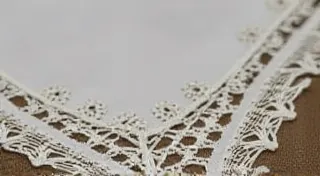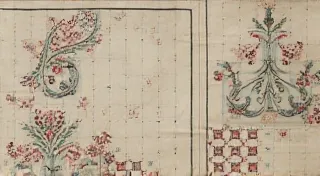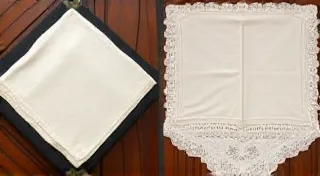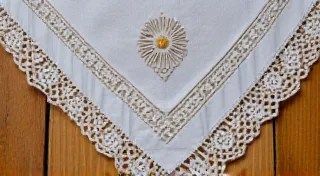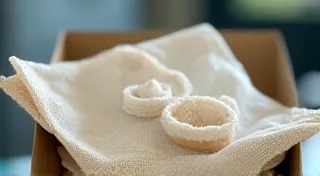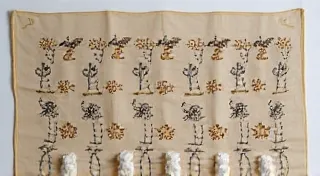A Collector's Guide to Antique Handkerchief Monograms
Antique handkerchiefs are beautiful and delicate collectibles, often prized for their exquisite fabrics and intricate embroidery. Beyond the aesthetic appeal, many possess a fascinating hidden layer – monograms. These personalized marks offer a glimpse into the past, potentially unlocking family history and adding immense value to your collection. This guide will explore the world of antique handkerchief monograms, providing insight into their meaning, common styles, and how to research their origins.
Understanding Monograms: More Than Just Initials
A monogram isn's simply a random assortment of initials. It’s a decorative design incorporating two or more letters, typically representing a person's name or a family name. They were a symbol of status, a way to differentiate belongings, and a sign of personal identity. On antique handkerchiefs, a well-executed monogram demonstrates the owner's care for their linens and a respect for tradition. The care and detail reflected in these monograms often coincided with broader trends in textile artistry, influencing the overall aesthetic of the era.
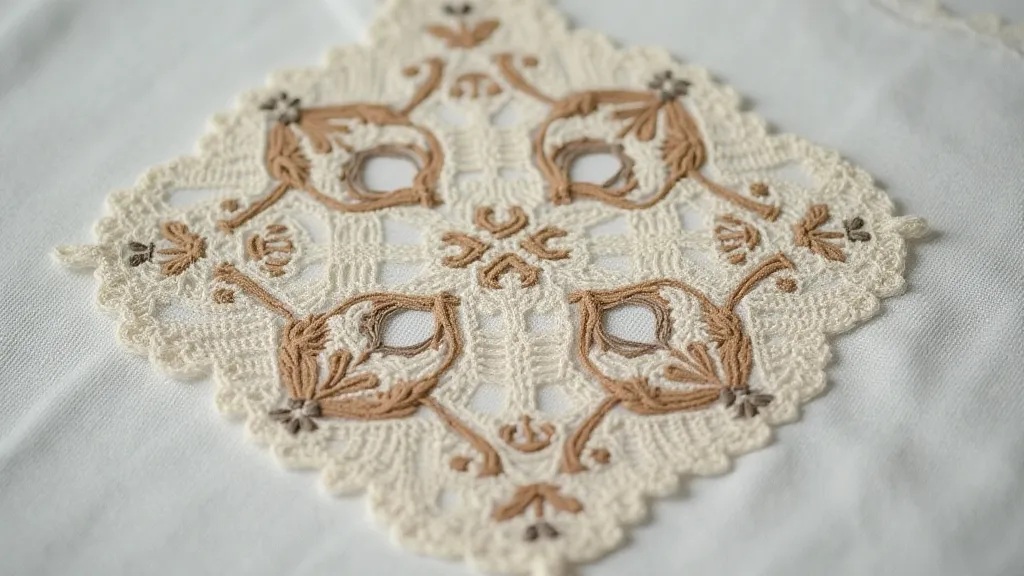
Common Monogram Styles in Antique Handkerchiefs
The styles of monograms varied significantly through different eras. Here’s a breakdown of some common forms:
- Early 18th Century (1700-1780): These often featured simpler, more block-like lettering, sometimes intertwined. You might see a single initial, or a combination of two. The limited styles and techniques of this period often mean these handkerchiefs are appreciated for their unique, early representation of personalization.
- Late 18th Century - Early 19th Century (1780-1830): Flourishing scripts and more elaborate curves became popular. The "Spencerian" script, with its elegant flourishes, started to emerge. The evolution of monogram styles during this period aligns with broader changes in typography and decorative arts, reflecting a shift toward greater ornamentation. The rich detailing we see on these pieces makes them particularly sought after by collectors; a good example can really enhance a collection.
- Mid-19th Century (1830-1890): This period saw a surge in ornate monograms, incorporating flourishes, vines, and other decorative elements. Initials were frequently surrounded by detailed borders. The prevalence of floral motifs during this time also influenced many handkerchief designs – for more on this, see "Victorian Era Handkerchiefs: A Focus on Floral Motifs".
- Late 19th – Early 20th Century (1890-1920): While still detailed, monograms often became slightly more streamlined, reflecting the Arts and Crafts movement's emphasis on simpler aesthetics. Recognizing the period of a handkerchief can be tricky, but a close inspection of the monogram style and overall construction can often provide valuable clues – discover more with "Identifying Early 19th Century Handkerchiefs: Key Characteristics".
Deciphering the Code: What Your Monogram Might Tell You
While a monogram offers a direct clue to an owner’s identity, understanding nuances within the design can tell you more. Consider these aspects:
- Font Style: As mentioned above, different eras favored distinct fonts.
- Embroidery Technique: Was it done by hand or machine? Hand-embroidered monograms were more common in earlier periods and are generally more valuable. The level of skill required for hand embroidery also speaks to the owner’s social standing and willingness to invest in personal adornments.
- Color Palette: Common colors included black, gold, and silver, often on white or cream-colored linen. Less common colors could indicate a particular region or family tradition. Beyond the color itself, the dyes used can sometimes reveal fascinating insights into trade routes and manufacturing processes.
- Surrounding Decoration: The motifs incorporated around the monogram (flowers, birds, geometric patterns) can provide regional or cultural clues. Many of these motifs held symbolic meaning – to better understand the language of flowers, delve into "The Symbolism of Flowers on Antique Handkerchiefs".
- Fabric Quality: The material used to create the handkerchief itself plays a significant role in determining its value and historical context. Linen, cotton, and silk were all popular choices, each with its own unique properties and associated costs.
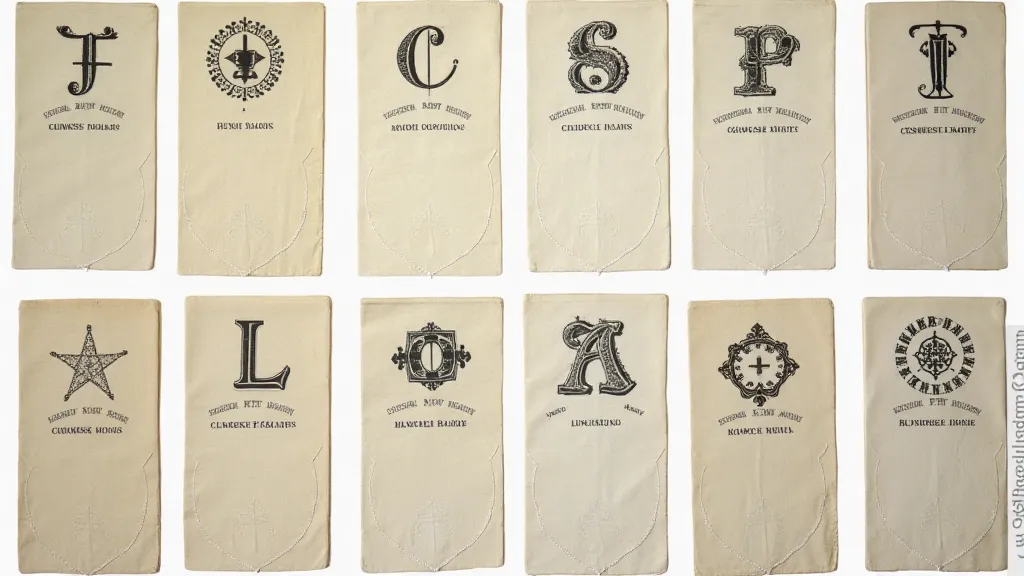
Researching Your Monogram: Unlocking Family History
If you’re keen to learn more about the owner of an antique handkerchief, here are some avenues for research:
- Genealogy Websites: Websites like Ancestry.com and FamilySearch.org can be invaluable. Try searching for names associated with the monogram.
- Local Historical Societies: These societies often hold records of local families, including lists of personal belongings. Local archives can be a treasure trove of information, offering unique insights that online resources simply can’t provide.
- Newspapers Archives: Historic newspaper advertisements sometimes list personal property for sale, potentially revealing the owner of a handkerchief.
- Social Media Genealogy Groups: Online forums and groups dedicated to genealogy can provide assistance and connect you with others researching similar family lines.
- Estate Records: Examination of historical estate records can sometimes offer a detailed inventory of possessions, potentially identifying handkerchief owners.
Important Note: Be mindful of privacy and ethical considerations when researching family history. Respect the privacy of living individuals and be cautious about sharing sensitive information publicly.
Valuing Your Monogrammed Handkerchief
The value of a monogrammed antique handkerchief depends on several factors: the quality of the fabric, the intricacy of the embroidery, the rarity of the monogram style, and the historical significance of the owner (if known). A handkerchief associated with a prominent historical figure would command a significantly higher price than a commoner's. Beyond these factors, condition plays a crucial role; even a beautifully embroidered handkerchief will be less valuable if it is heavily damaged or stained.
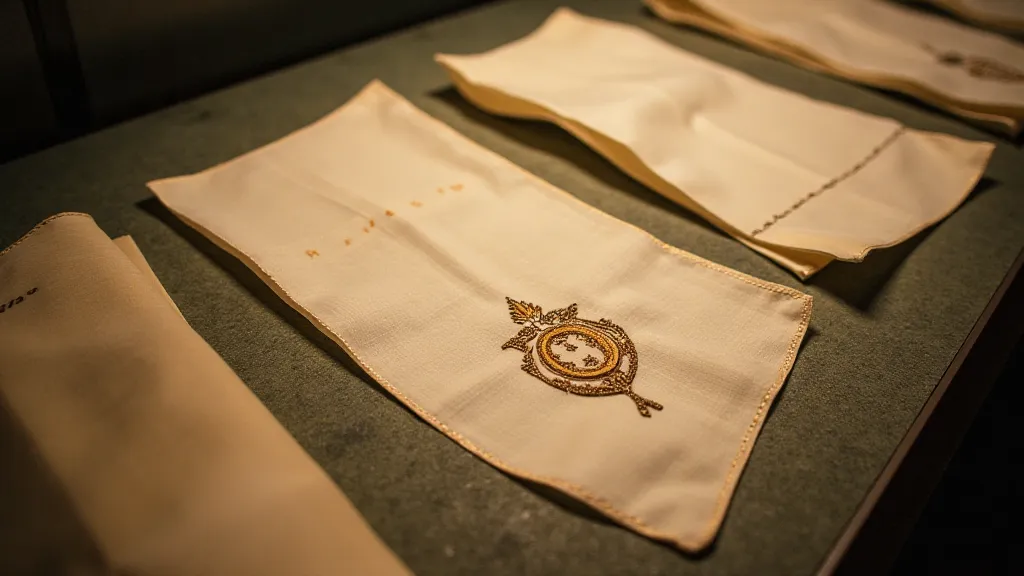
Expanding Your Collection: Related Treasures
The world of antique textiles is vast and fascinating. If you're captivated by monogrammed handkerchiefs, you might also enjoy exploring other related treasures, such as embroidered linens, lace, and needlepoint samplers. Each of these categories offers a unique glimpse into the past and provides opportunities for discovering beautiful and historically significant artifacts.
Conclusion
Antique handkerchiefs with monograms are more than just beautiful linens; they are tangible connections to the past. By understanding the significance of the monogram, researching its origins, and appreciating the artistry of the embroidery, you can deepen your appreciation for these delicate treasures and potentially unlock fascinating stories of family history. The journey of collecting these pieces is not merely about acquiring objects, but about uncovering narratives and forging connections to a bygone era.
